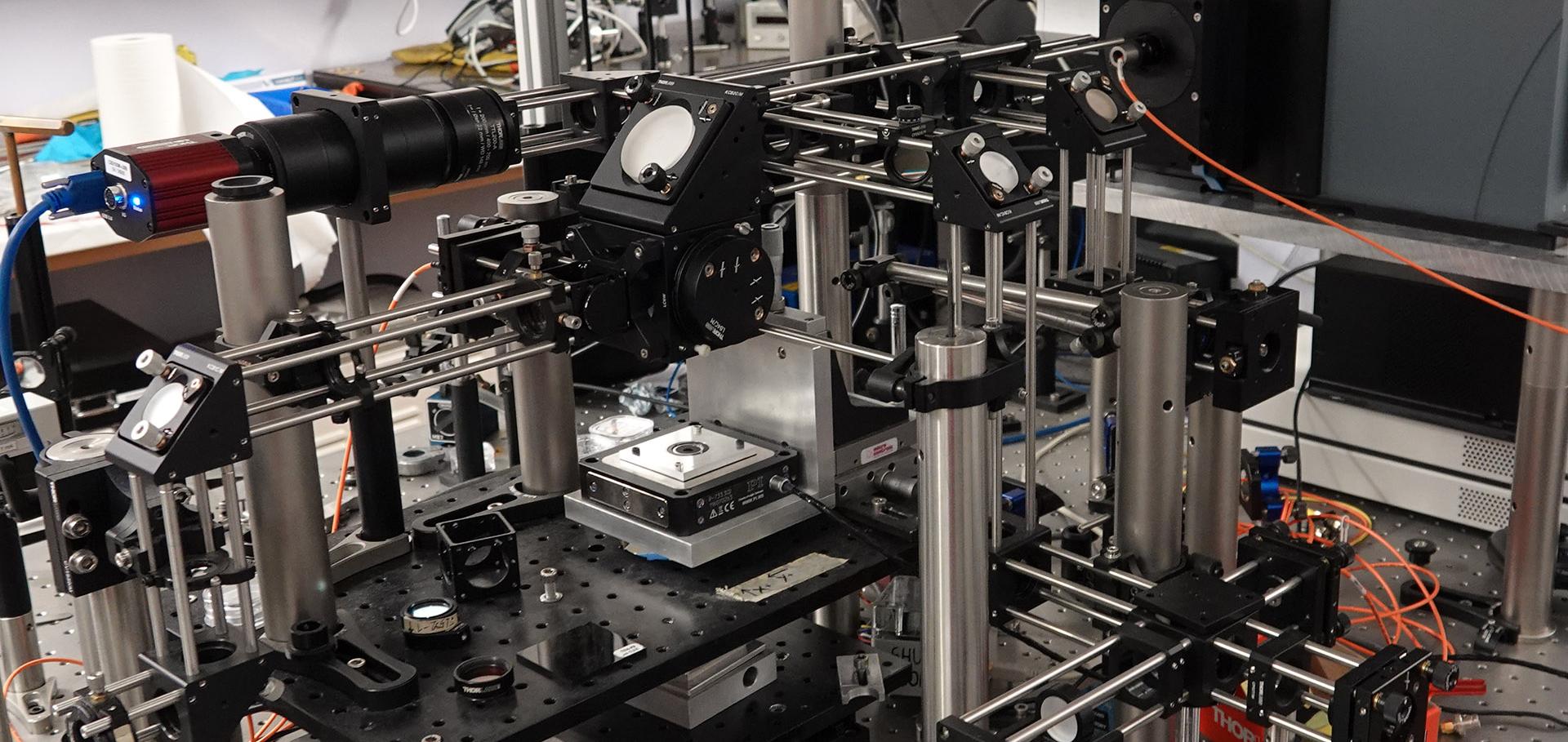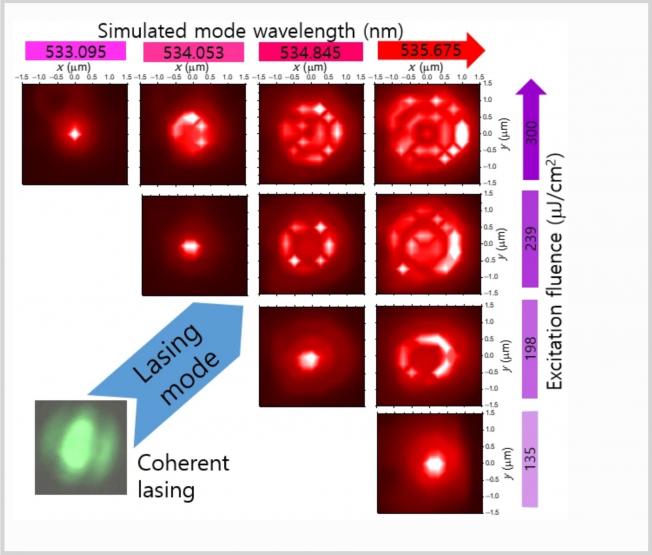InGaN quantum dots grown by MOVPE via a droplet epitaxy route
PHYSICA E 21:2-4 (2004) 546-550
Abstract:
A novel method for the growth of InGaN quantum dots (QDs) by metal-organic vapour phase epitaxy (MOVPE) is described. A thin InGaN epilayer is grown on a GaN buffer layer and then annealed at growth temperature in molecular nitrogen inducing QD formation. The photolummescence from the dot ensemble is bright and comparable in intensity to that from a quantum well. Micro-photoluminescence studies of these QDs reveal sharp peaks with typical line widths of similar to250 mueV at 4.2 K. Time-resolved photoluminescence suggests that the excitons in these structures have lifetimes in excess of 2 ns at 4.2 K. (C) 2003 Elsevier B.V. All rights reserved.Sub-wavelength Al mask apertures for addressing individual InGaN quantum dots
Microelectronic Engineering 73-74 (2004) 762-766
Abstract:
We describe a lithographic process for the fabrication of small size optical apertures, together with large alignment marks to locate the aperture position during measurements in an optical cryostat. The aperture size is chosen to isolate a small number of dots from a dense self-assembled array of InGaN dots. The pattern was exposed in a chemically-amplified resist, UVIII and transferred to the underlying aluminium layer using reactive ion etching. Micro-photoluminescence measurements show sharp spectral lines of width ∼700 μeV at 4.2 K (limited by the spectral resolution of the monochromator), confirming the isolation of a single quantum dot. © 2004 Elsevier B.V. All rights reserved.Photoluminescence studies of exciton recombination and dephasing in single InGaN quantum dots
IEEE TRANSACTIONS ON NANOTECHNOLOGY 3:3 (2004) 343-347
Quantum dot emission from site-controlled InGaN/GaN micropyramid arrays
APPLIED PHYSICS LETTERS 85:19 (2004) 4281-4283
Simulation of the quantum-confined stark effect in a single InGaN quantum dot
(2004) 5-6



